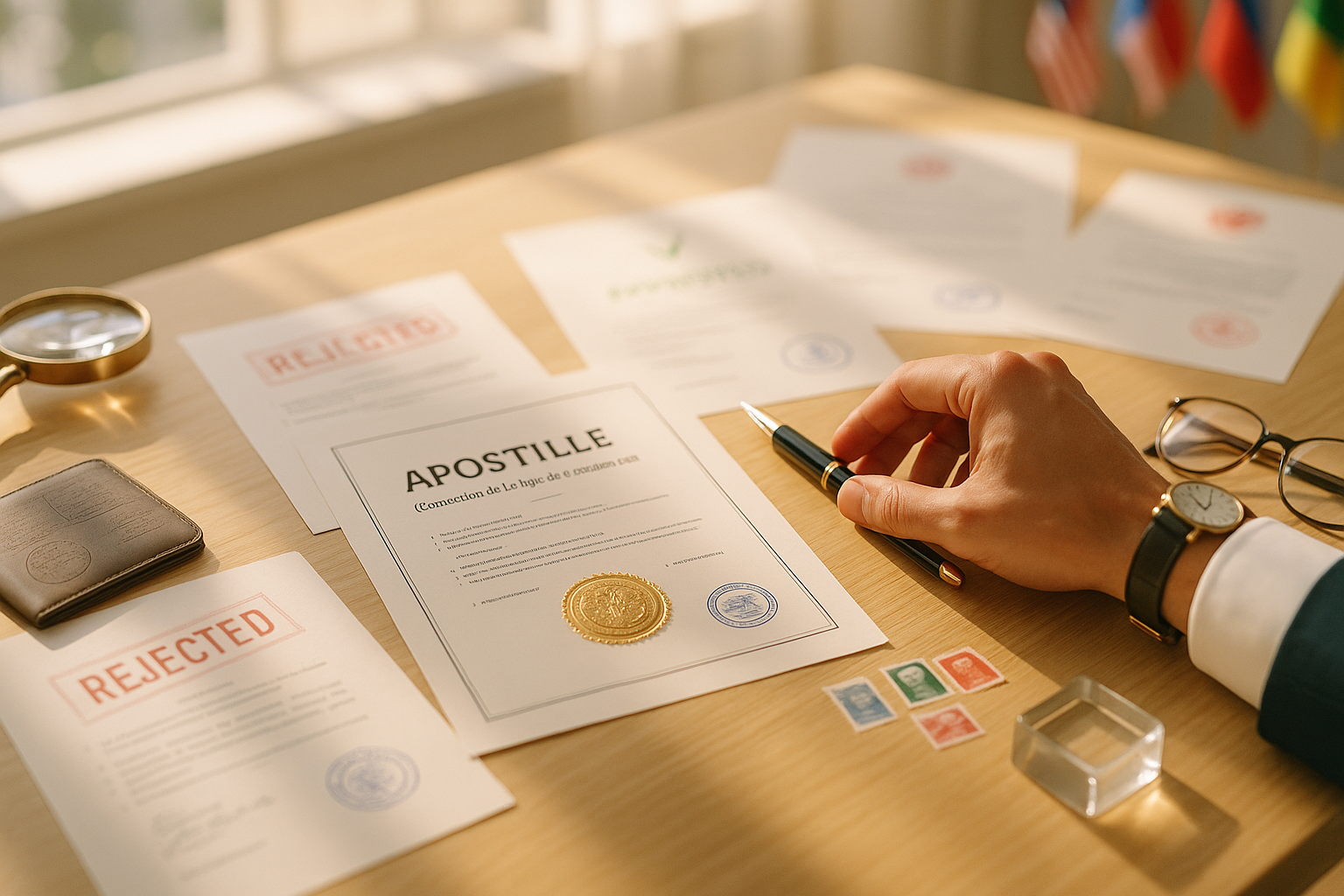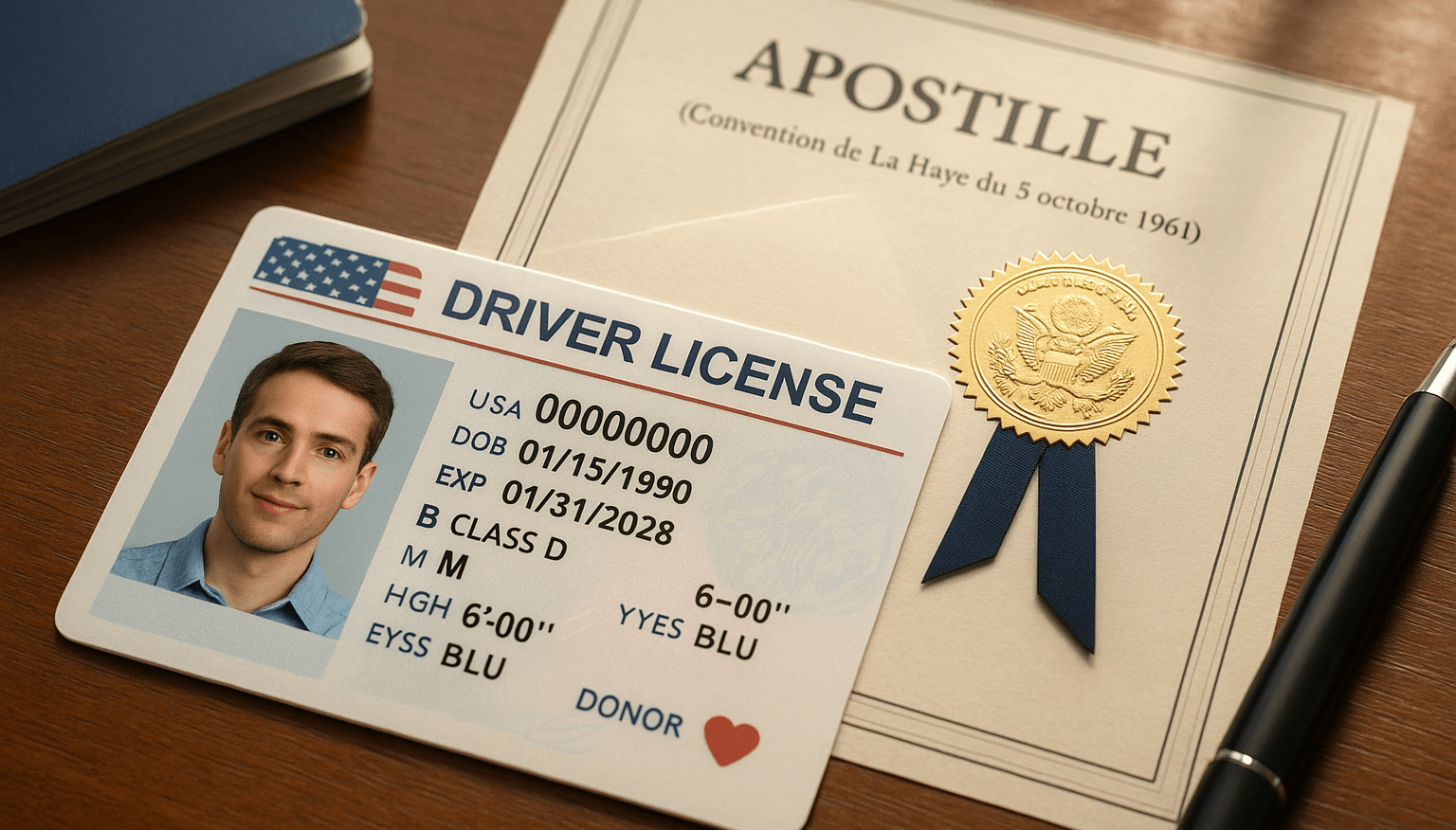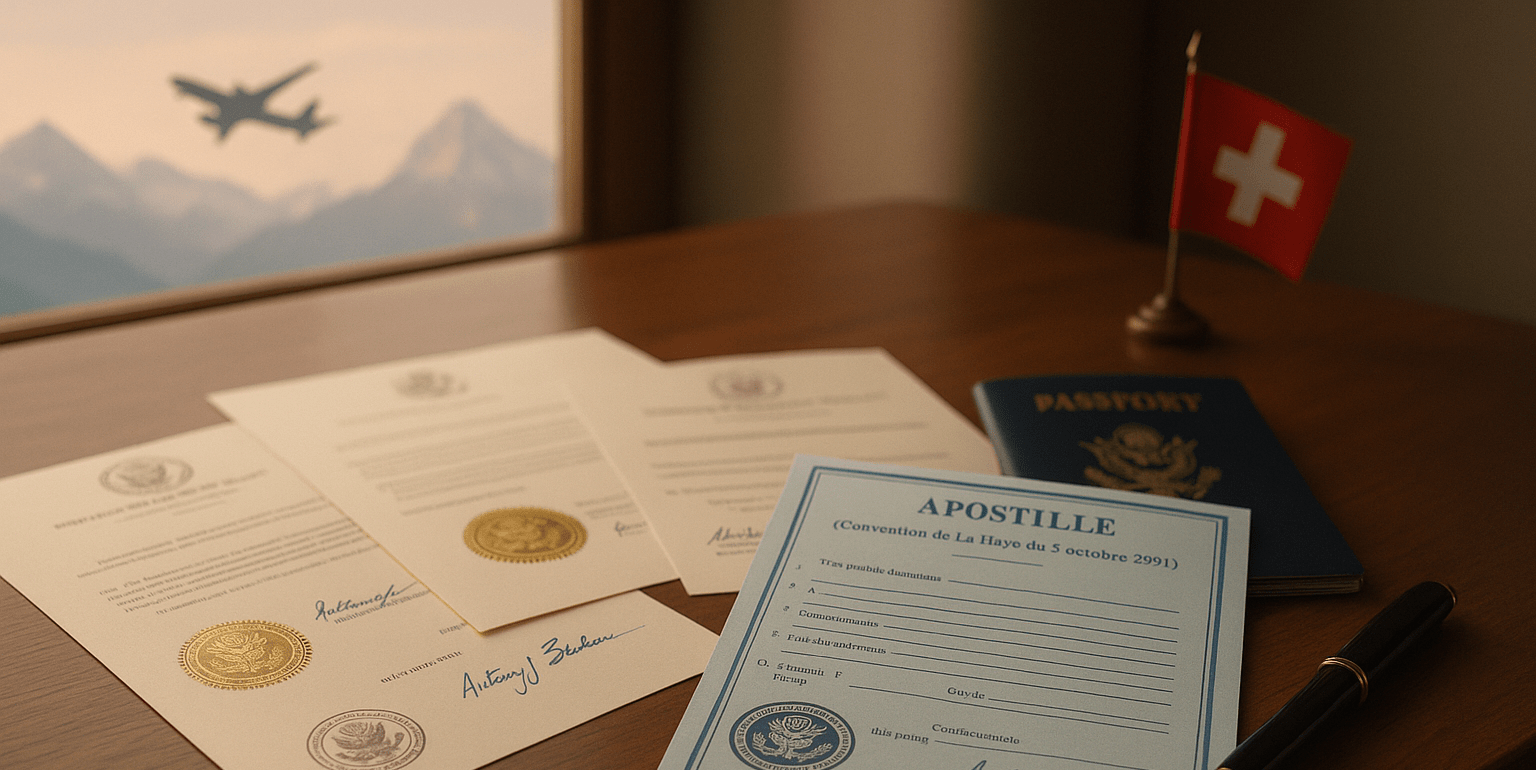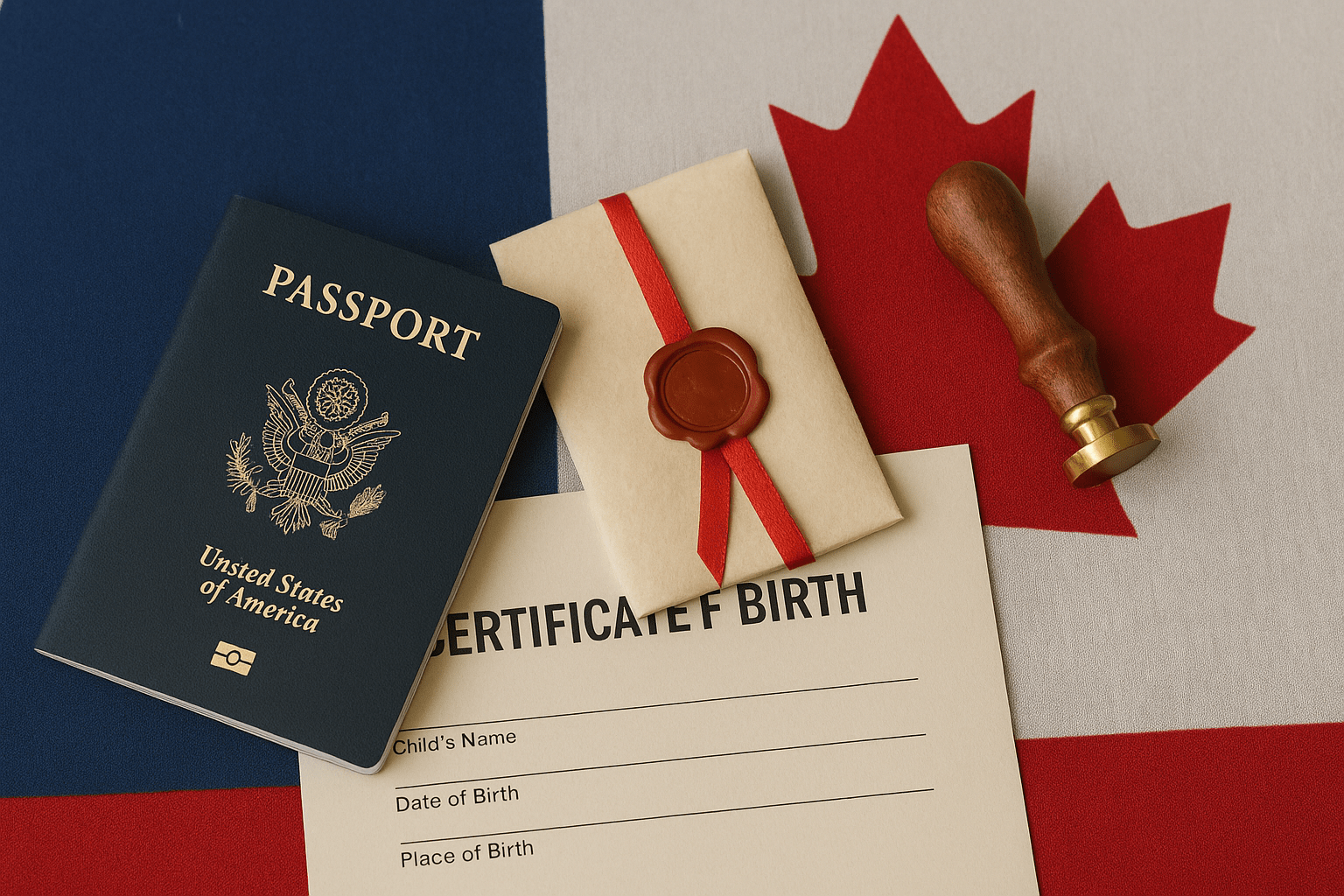
10 Common Apostille Document Mistakes to Avoid
The anxiety of an apostille rejection is avoidable once you know the secret to a perfect submission. Before sealing the envelope, review the top 10 apostille mistakes we’ve compiled below to help you glide through the process without issues. From submitting uncertified copies to overlooking typos, here’s the list of common apostille errors to steer clear of:
1. Sending Uncertified or Copy Documents for Apostille
An apostille aims to validate the signature of a state or federal official on an original record or properly certified paperwork. Hence, sending a scan or photocopy is one of the most common apostille rejection reasons, as there isn’t a legitimate signature for verification. Always include qualified documents in your apostille request to the authentication office.
2. Not Checking the Destination Country’s Apostille Rules
Certain countries have special rules for the apostille, even when they’re members of the Hague Convention. Failing this research is a critical apostille error that leads to delays or refusals. Consult your destination’s guidelines on formatting and language first to prevent complications later.
3. Forgetting or Incorrectly Doing Notarization Before Apostille
Most non-recordable documents, like affidavits or personal letters, require notarization before they become eligible for apostille processing. A missing signature or seal, an expired commission, and incorrect notary wording can hinder authentication. Ensure your notarization is flawless to keep the process on track.
4. Using the Wrong Apostille Form or Leaving Fields Blank
Many states mandate that a complete request form or cover letter be submitted with your documents. Required fields often include name, contact information, and the receiving nation where apostilled documents will be used. Missing key data or using an outdated form will trigger apostille application mistakes.
5. Paying the Wrong Fee or Ignoring Accepted Payment Methods
Apostille and authentication offices require exact payment via several acceptable methods. Attaching cash in a mail-in submission when only a check is accepted can derail the process. Miscalculating the total fee, even by a few cents, has the same result. Always double-check the current fee and approved methods on the official website beforehand.
6. Underestimating Apostille Processing and Shipping Time
Apostille mistakes may also come from underestimating the timeline. It’s vital to note that processing isn’t instant — standard options might take weeks, and that’s before transit time. Thus, don’t assume quick turnaround times and factor in a significant buffer for unexpected incidents like backlogs or mailing delays.
7. Sending Documents to the Wrong Apostille Office or State
An apostille must be requested in the state where notarization or certification took place. Submitting your request to the wrong Secretary of State will cause an immediate rejection. This slip-up is common and costly, so verify the appropriate authority before mailing or dropping off your package.
8. Skipping Required Translation or Certification Steps
If your target country asks for a translation in its official language, it’s mandatory to have your paper translated by a certified professional. Plus, some nations may demand extra certification, such as verification at the county level. Neglecting these intermediary stages causes your apostilled paperwork to be denied overseas.
9. Using Expired or Outdated Documents for Apostille
We’ve seen apostille errors like sending expired or outdated documents, where applicants had to restart the process. Keep in mind that some records, including powers of attorney and criminal background checks, have stringent validity windows. Check with the destination’s requirements on document age in advance.
10. Not Reviewing the Final Apostille for Errors or Typos
It hasn’t ended when you have the apostille in hand. A typo or mismatched information can create a huge problem abroad. Carefully inspect the details such as name, date, and intended use on the final certificate. Flag any issues after that with the apostille authority if necessary, and enjoy a smooth global journey.
Avoid Rejection — Apostille Pre-Submission Checklist
As you’re about to submit the request, run through this checklist as the final step:
- Is it the original or a certified copy?
- Are the special requirements by the foreign authority met, including translation, extra certification, and the document’s age?
- If applicable, is proper notarization complete?
- Is the request form or cover letter filled out appropriately?
- Are you sending the package to the correct state?
- Is the payment exact and via the supported method?
A few minutes for review here will save you weeks of headache caused by an apostille rejection.
Why Working With a Professional Apostille Service Saves Time
At EZ Apostille, we act as your personal guide in navigating country-specific rules and eliminating apostille mistakes before they happen for faster results. Our experts know exactly what to look for and tediously review every detail to transform document authentication into a breeze. Let us handle the process so you can get paperwork recognized more quickly for your global trip!
Stay Prepared, Stay Approved
Don’t try your luck with the apostille process. With a little preparation and awareness of the common apostille errors, you hold the key to successful authentication the first time. Whether handling it solo or hiring an expert, staying informed and diligent guarantees smooth sailing.
FAQ
Let’s explore some frequent questions we’re usually asked about apostilles.
Which types of documents can I apostille in the U.S.?
Any state or federal documents with legitimate signatures are eligible to be apostilled. Examples are vital records, notarized papers, and background checks.
Can a notarized copy be apostilled instead of the original?
Yes, if the notarization was properly done in the state and accepted by the authentication office.
Do all countries accept apostilles under the Hague Convention?
No, only countries that have signed the Hague treaty accept apostilles. Non-members like China or Qatar require your documents to go through the more complicated legalization path.
What’s the difference between an apostille and full legalization?
The apostille process is a simplified, one-step version of legalization. Conversely, full legalization entails multiple authentication steps at the domestic level, ending with verification from the foreign consular authority.
How can I correct an error after the apostille is issued?
Unfortunately, there’s no way to alter an apostille. You’ll likely need to request a new one for your corrected document.





